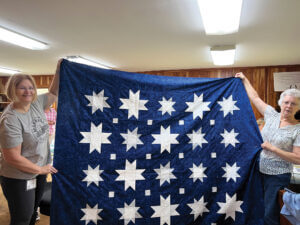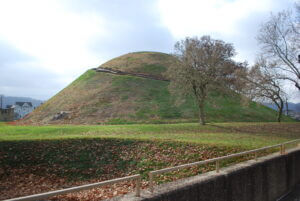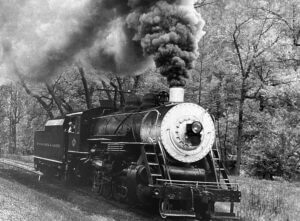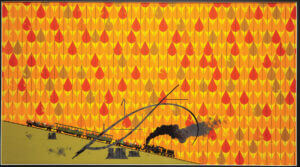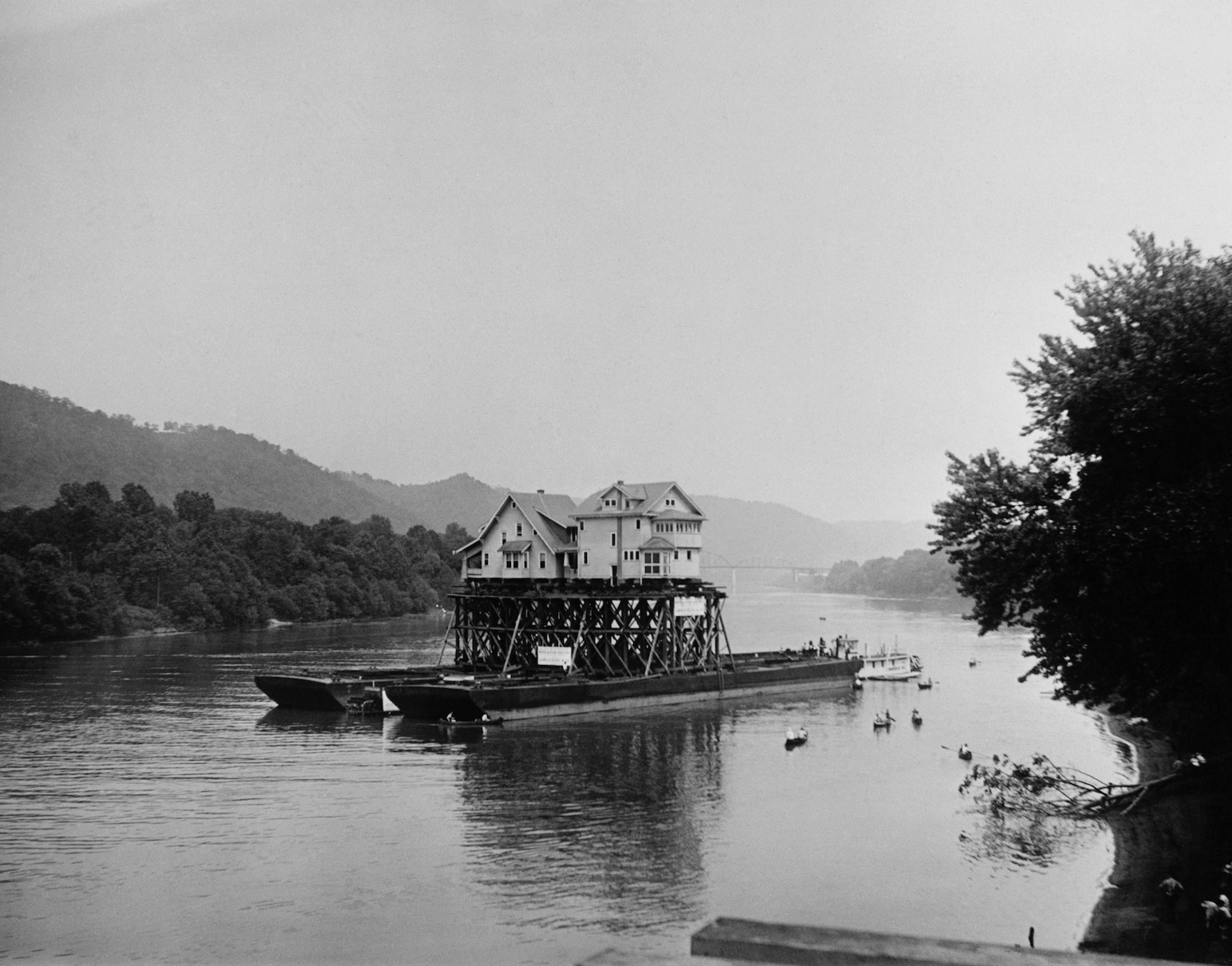
A century ago, Charleston was treated to a pageant of homes over land and water.
This story was originally published in the August 2023 issue of Wonderful West Virginia. To subscribe, visit wonderfulwv.com.
Written by Pam Kasey
Photography Courtesy of John Eichleay Collection, West Virginia State Archives
If you’re from the Charleston area, maybe you’ve heard the story of how dozens of homes were scattered in all directions so our gleaming-domed state capitol building could sit where it does—some of them even across the Kanawha River.
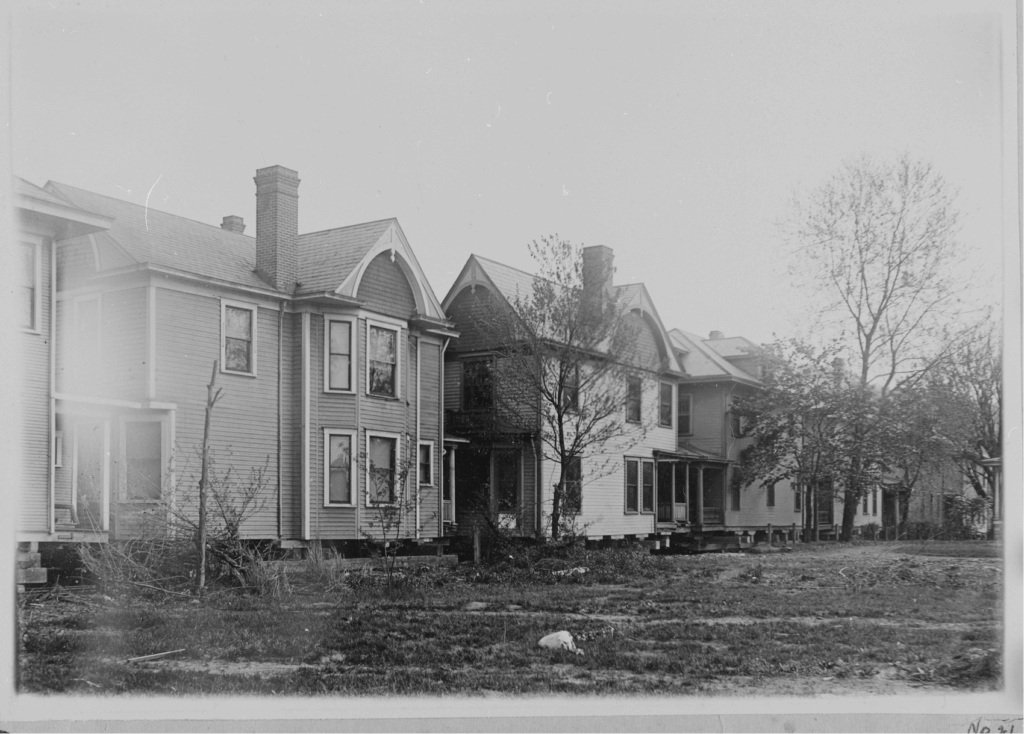
It was a hundred years ago this year. The old 1885 statehouse had burned spectacularly to the ground in 1921. After considering several sites, the government decided to build its new capitol complex a mile and a half east of the old one, at the place along Kanawha Boulevard, then known as Kanawha Street, that we’re familiar with today. The site’s wide river frontage made it a choice location—as the owners of the 50 fine new homes there could no doubt testify.
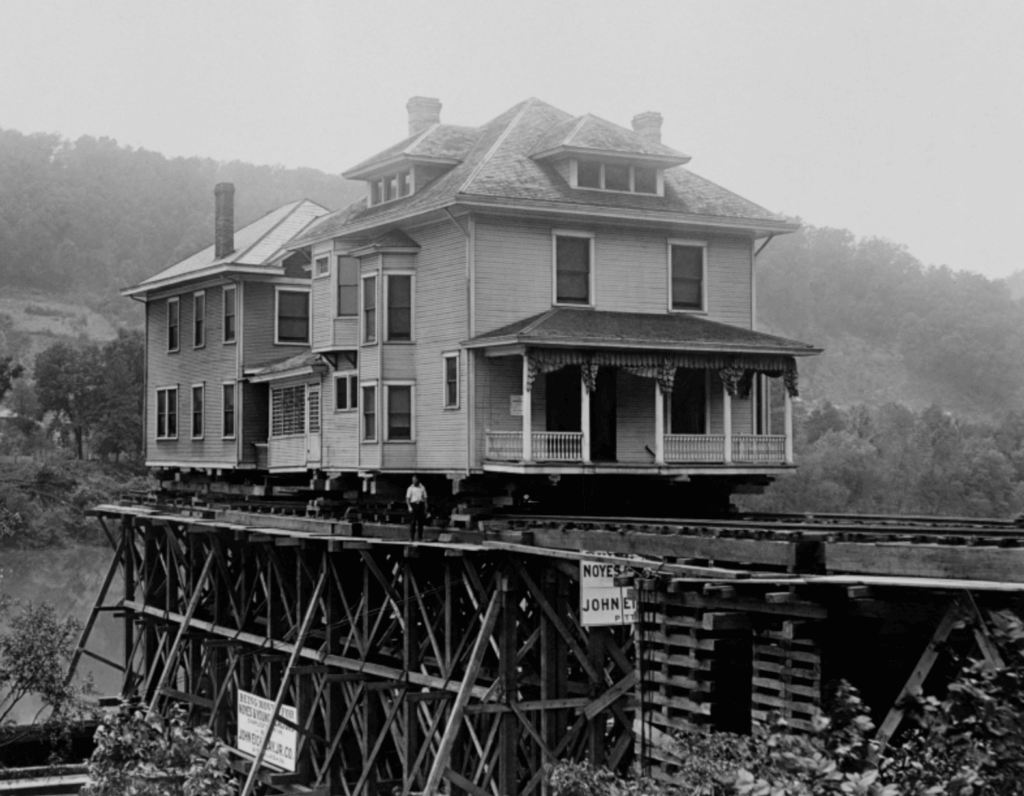
The solution: move the houses. You won’t be surprised that John Eichleay Jr. Co. of Pittsburgh became involved when you learn that the four Eichleay brothers’ feats of engineering included moving an eight-story Pittsburgh building—while business went on as usual inside.
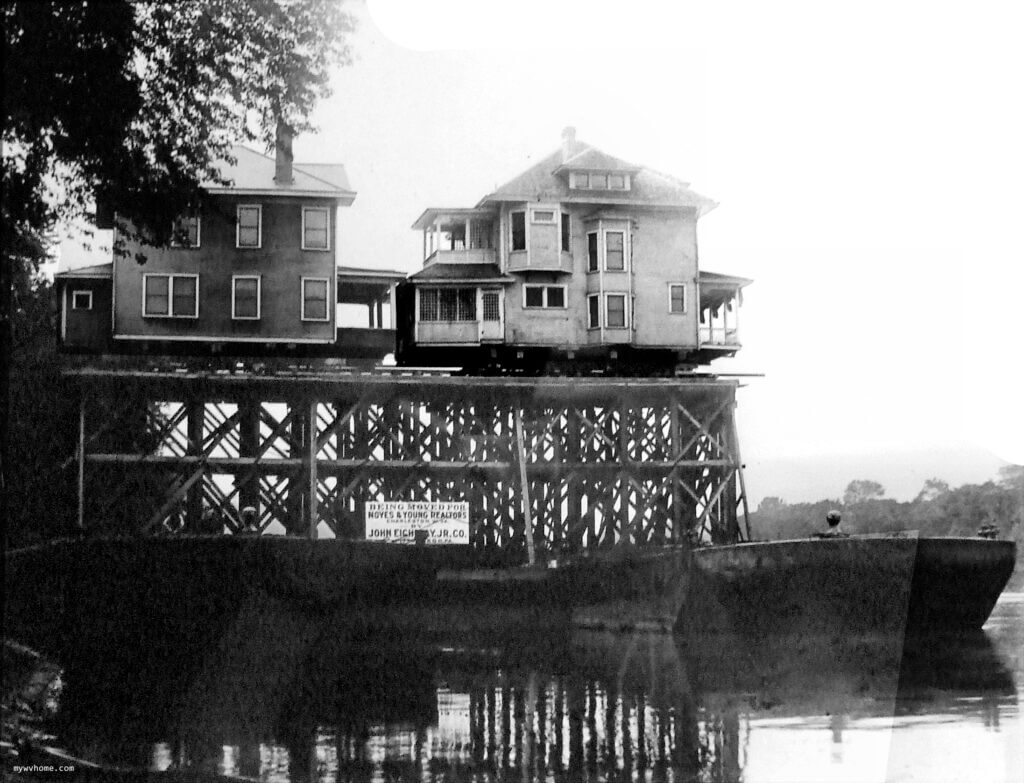
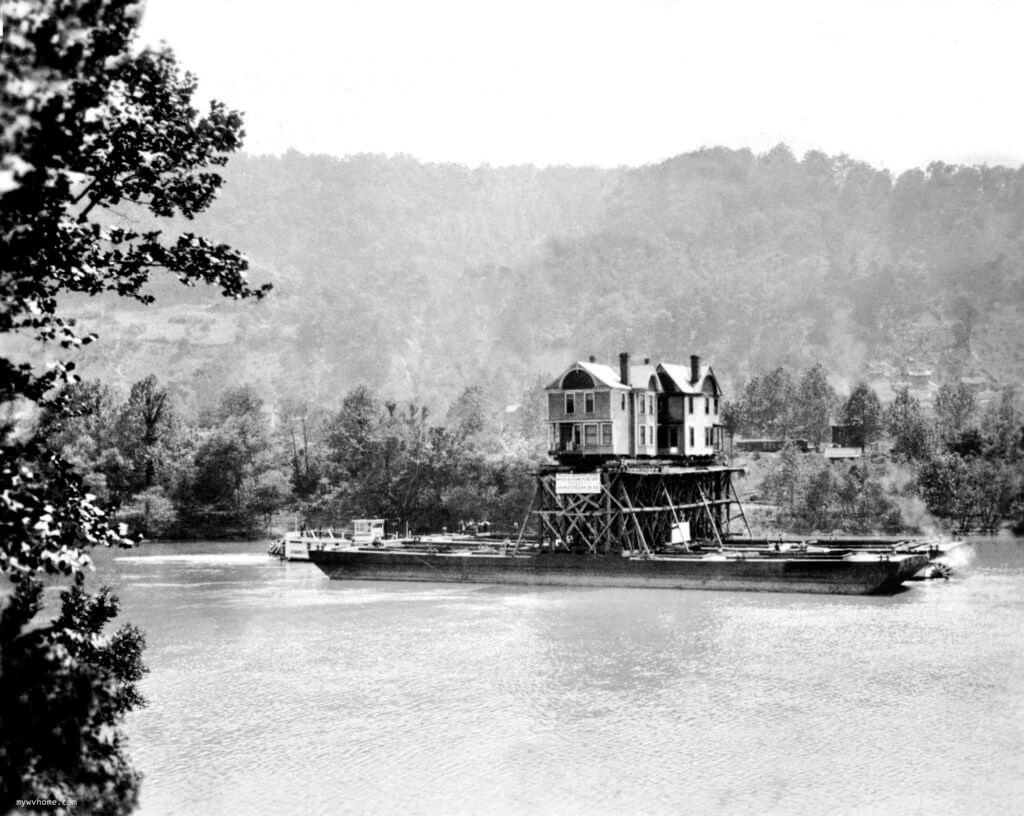
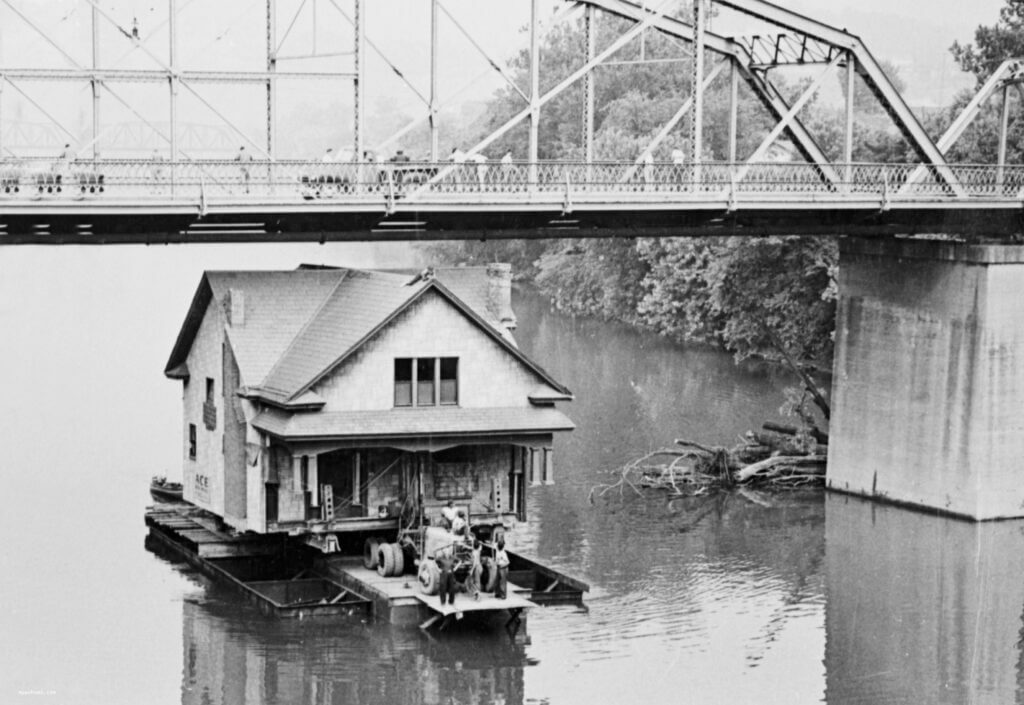
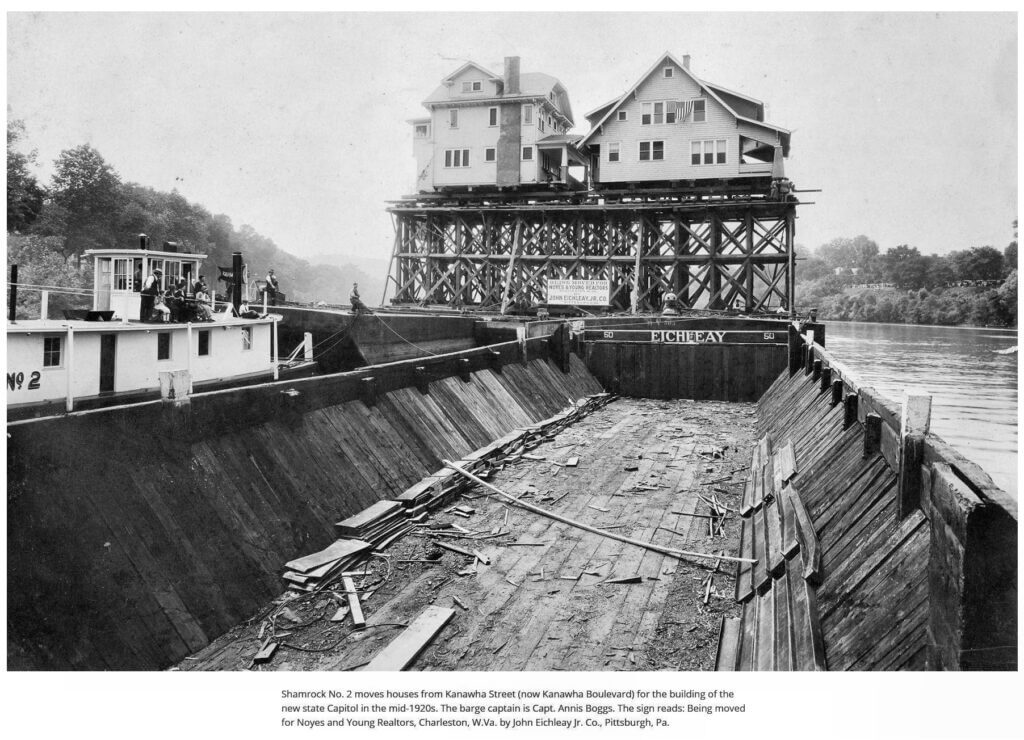
Vacant lots were found nearby for nearly all of the homes, and the moving of those structures one by one must have made 1923 one of the most memorable years Charleston had ever seen. But it would get better still. For the last 12 homes, real estate developers Noyes & Young created a new neighborhood, Beachview, on the south side of the Kanawha River. Eichleay Co. ferried those dozen houses one-third of a mile downriver to Beachview, two at a time, furnishings and all. The entire river operation took no more than three weeks and never cracked a single pane of glass.
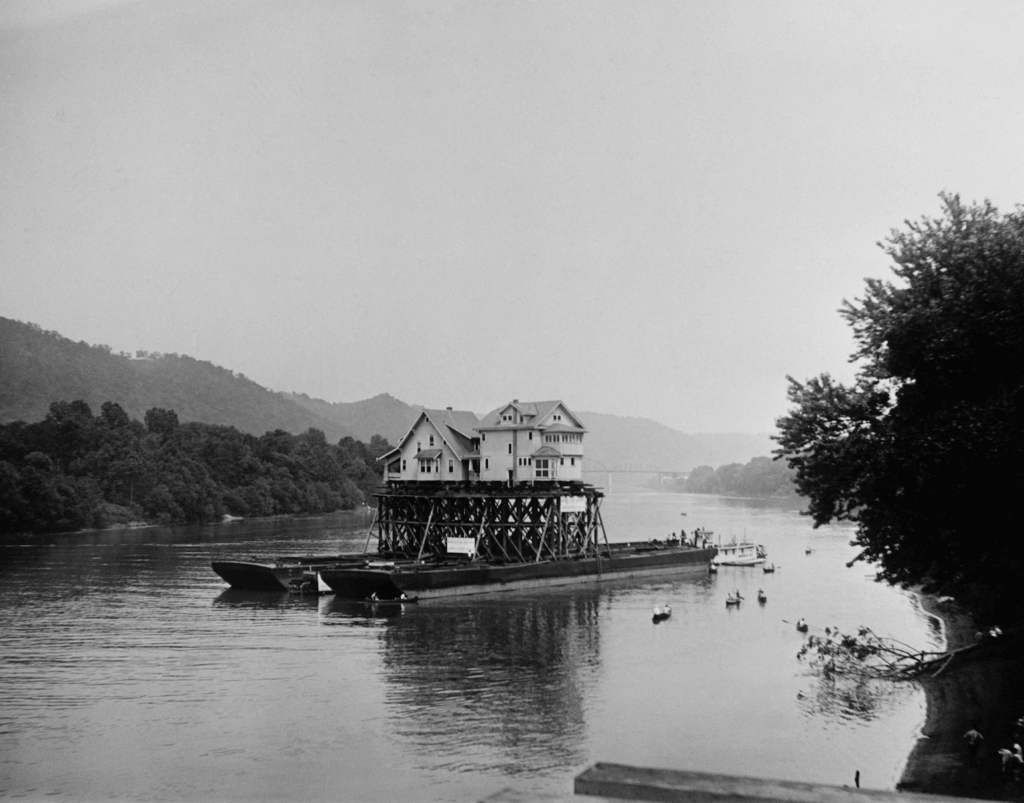
The trick to an incident-free move, Eichleay explained in a 1925 interview with American magazine, was to manage the structure in such a way that the floor is always parallel to the ground and the walls are always perpendicular. The company’s many complex yet successful moves seem to bear him out.
This wasn’t the only time houses were moved on the Kanawha River—city growth prompted other moves, some by other companies. But it certainly left us with some memorable photographs.

